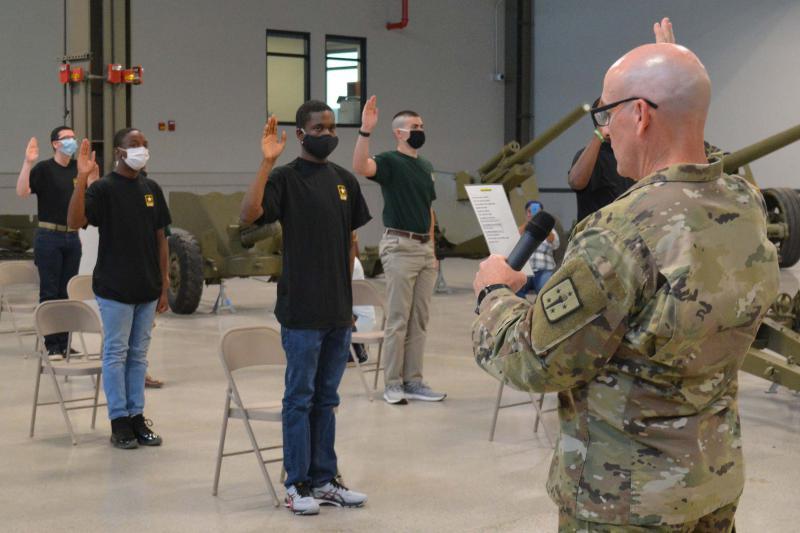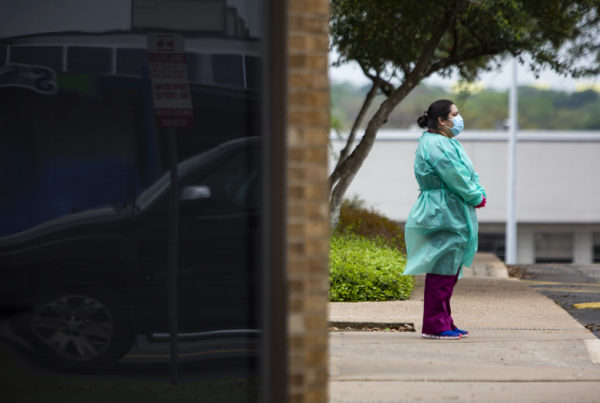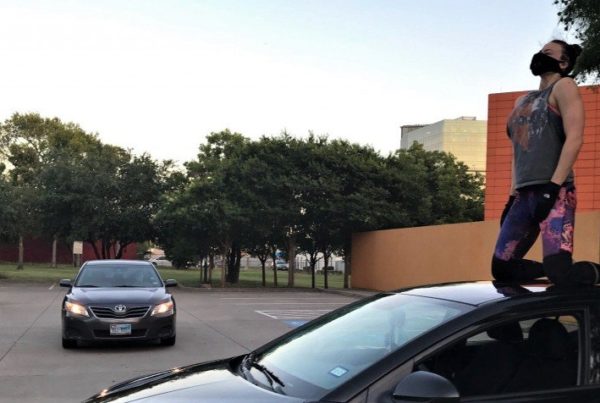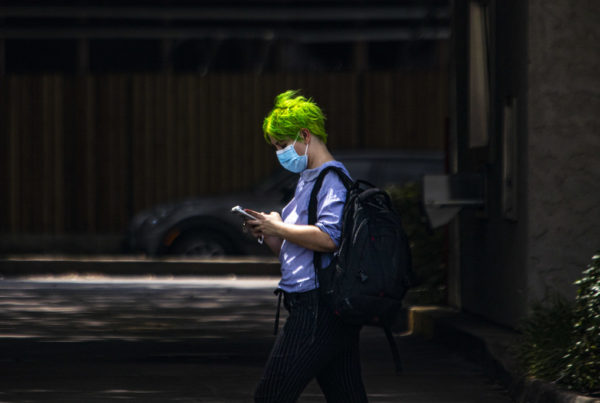From Texas Public Radio:
The Army is holding its first nationwide virtual recruiting campaign, after the COVID-19 pandemic forced it to scale back face-to-face interactions and revealed gaps in its digital outreach strategy.
The Army is holding its first nationwide virtual recruiting campaign, after the COVID-19 pandemic forced it to scale back face-to-face interactions and revealed gaps in its digital outreach strategy.
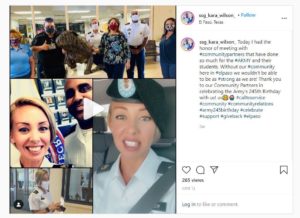
Staff Sgt. Kara Wilson, an Army recruiter in West Texas, maintains an Instagram account to reach potential recruits.
Even before the pandemic, the Army was working to incorporate more digital outreach into its marketing. But it wasn’t doing it especially well, according to Emma Moore, a researcher with the Military, Veterans, and Society program at the Center for a New American Security.
“The digital engagement was showing gains. But I would say from probably most other private company and marketing measures, it’s been ad hoc,” Moore said. “The Army is not set up to be incredibly flexible and responsive to changing their narrative or their marketing campaign.”
That’s a disadvantage in the digital space, where apps and communication platforms quickly evolve.
Wilson advocates decentralizing recruitment decision-making and authority, allowing regional recruiters to tailor their approach to specific communities and demographics.
“While I am encouraged by the fact that I’m seeing new types of outreach, via photos, videos, hashtags, it’s still a little clunky. It still feels very Army,” she said. “So I wonder about how to enable younger recruiters.”
Starting in 2018, the Army began to back off from its top-down approach to recruiting, giving local recruiters more flexibility to design social media campaigns and adapt them to new platforms. It trains recruiters how to get more social media followers and encourages them to re-engage with enlistees whose contracts they’ve inked.
“With technology, there are innovations happening every day,” said Maj. Gen. Frank Muth, head of the Army’s recruiting command. “We’ve got to be able to not be so much a hierarchical organization that just validates the systems put into place, but be a network.”
Enlistments are about 4,000 under the Army’s stated goals for this time of year, Muth said. Following the issuance of stay-at-home orders in March, there was a dip in interest, and that setback is still being felt.
But interest from young people has slowly started to tick back up, according to Muth. He said the pandemic’s full impact on recruitment is unclear. But he guesses that if joblessness hasn’t gone down by fall, the Army will see a bump in people wanting to join.
Typically, when unemployment exceeds 6%, the military sees a surge of interest, especially from young people leaving high school and college.
Muth added that virtual outreach is here to stay, and that about 90 percent of the recruiting process can be done online.
“I think at the end of the day, what we’ll find is that we may be able to reduce some of our recruiting force and reduce some of their brick and mortar.”
This story was produced by the American Homefront Project, a public media collaboration that reports on American military life and veterans. Funding comes from the Corporation for Public Broadcasting.
Carson Frame can be reached at Carson@TPR.org and on Twitter at @carson_frame.


